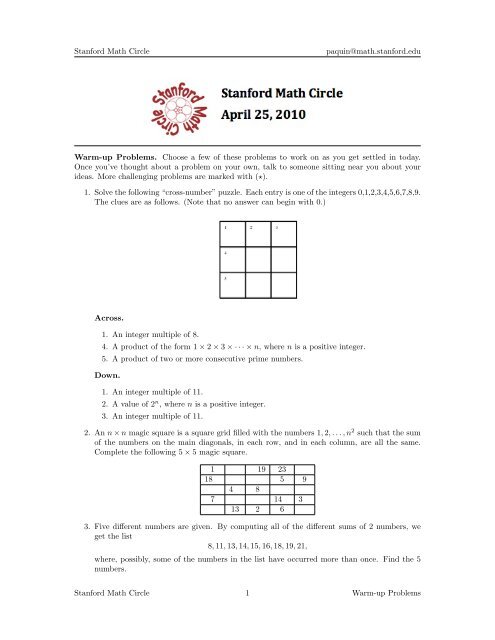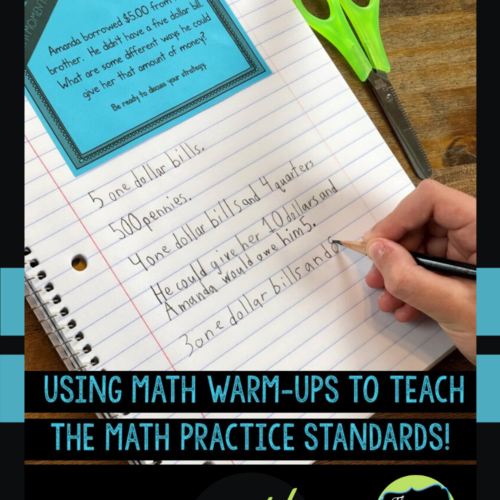

Math Problems

Home Site > Grading System
|
Math Problem Solving
WebMath is designed to help you solve your math problems. Composed of forms to fill-in and then returns analysis of a problem and, when possible, provides a step-by-step solution. Covers arithmetic, algebra, geometry, calculus and statistics. Each of the 120 warm-up pages in this book has 5 problems aligned with the Common Core State Standards for 7th grade math. It is my goal that this warm-up program will help propel your 7th grade math students to success in math this year and for years to come. Implementing this Warm-Up Program in Your Classroom. Solving word problems requires both strategy and skill. When confronted with a problem, students need to figure out how to solve the problem-and then solve it! The 250 exercises in each book help students learn a variety of strategies for solving problems as well as grade-specific math skills. The content is correlated to the Common Core State Standards.
Math Problem Solving Questions

I am an odd number. Take away one letter and I become even. What number am I?
Answer: Seven (take away the ‘s’ and it becomes ‘even’).Using only addition, how do you add eight 8’s and get the number 1000?
Answer: 888 + 88 + 8 + 8 + 8 = 1000Sally is 54 years old and her mother is 80, how many years ago was Sally’s mother three times her age?
Answer: 41 years ago, when Sally was 13 and her mother was 39.Which 3 numbers have the same answer whether they’re added or multiplied together?
Answer: 1, 2 and 3.There is a basket containing 5 apples, how do you divide the apples among 5 children so that each child has 1 apple while 1 apple remains in the basket?
Answer: 4 children get 1 apple each while the fifth child gets the basket with the remaining apple still in it.There is a three digit number. The second digit is four times as big as the third digit, while the first digit is three less than the second digit. What is the number?
Answer: 141What word looks the same backwards and upside down?
Answer: SWIMSTwo girls were born to the same mother, at the same time, on the same day, in the same month and in the same year and yet somehow they’re not twins. Why not?
Answer: Because there was a third girl, which makes them triplets!A ship anchored in a port has a ladder which hangs over the side. The length of the ladder is 200cm, the distance between each rung in 20cm and the bottom rung touches the water. The tide rises at a rate of 10cm an hour. When will the water reach the fifth rung?
Answer: The tide raises both the water and the boat so the water will never reach the fifth rung.